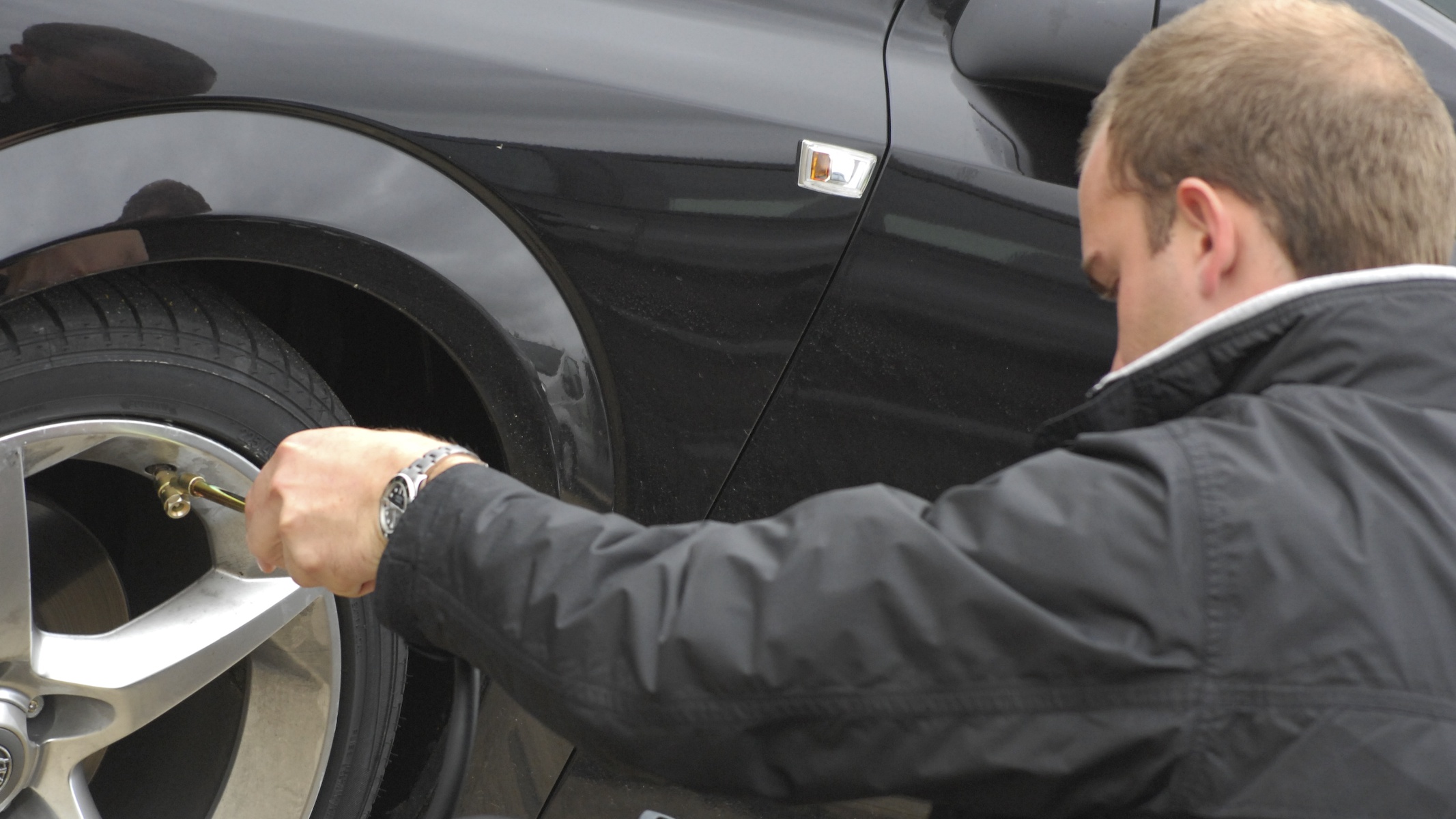21 October, 2016
This month is Tyre Safety Month, an initiative run by the charity Tyre Safe, and drivers are being encouraged to ensure their tyres are in good condition before hitting the road. To help you find out whether your tyres are safe and legal, we’ve put together this basic checklist.
Take a look
It sounds simple, but one of the most important and easiest checks you can do is to walk around the car and look at the tyres. Make sure the tread is not peeling away from the tyre carcass, ensure nothing has punctured the rubber and check there’s no serious damage. Flat tyres and nails poking from the tread are usually pretty obvious from a quick glance.
The 20p test
Police data shows that 65 per cent of tickets issued for tyre safety offences are linked to tread depth. Tyre tread (the pattern of blocks on the surface of the tyre) is there to move water away from the rubber and prevent aquaplaning, which happens when a layer of water gets between the tyre and the road, causing a loss of control.
As a result, the law requires a minimum tread depth of 1.6mm across the central three-quarters of the tread. The simple way to check this is to slot a 20p coin into the main grooves of the tyre. If the outer band of the coin is visible above the tread blocks, your tyres could be illegal and should be checked by a tyre fitter or replaced. It is recommended that you conduct the 20p test once a month.

Under pressure
The world of Formula 1 doesn’t always relate to road cars, but when the likes of McLaren, Ferrari and Mercedes-AMG are paying such close attention to tyre pressures, that should tell you how important it is to keep yours properly inflated.
Your tyre pressures have a profound effect on the way your car handles and grips. Under-inflated tyres can cause unpredictable vehicle behaviour and are more likely to suffer a blow-out. Incorrectly inflated tyres also wear more quickly.
Tyre pressure gauges are readily available and relatively inexpensive, while most petrol stations have tyre pumps available. Your car’s recommended tyre pressures will be detailed on a small stick-on panel somewhere on the vehicle.
Some can be found on door pillars, while the inside of fuel filler caps and doors are also common locations. If you can’t find the sticker, the vehicle handbook will detail its location.
Read the small print
Tyres are marked with a series of numbers and letters, and deciphering the codes helps drivers make sure the tyres are suited to the car. The markings can be found on the tyre sidewall and relate to six different tyre parameters. An example code would be 205/55 R16 91 W.
In this instance, the 205 refers to the tyre width in millimetres, while the 55 refers to the sidewall height as a percentage of the tyre’s width.
The R relates to the tyre construction, which in this case is radial, while the 16 denotes the diameter of wheel (in inches) the tyre should be fitted to. If your car has 17-inch wheels, these tyres would be too small.

COMMENT